Discover and get to know Edmonton
Thank you to Leo, a working holiday maker in Edmonton, for his contributions to this guide.
I wrote this guide to help people who are thinking about moving, or have just moved, to Edmonton. I want you to have the best chance of success, on both a personal and professional level, after reading my advice and tips that I acquired throughout my time in Edmonton.
Thank you to pvtistes.net for giving me the opportunity to express my views on Edmonton, and a special thanks to Marie for her help and partnership in this project.
Happy reading,
Edmonton is the administrative capital of Alberta. The city is located in the Alberta plains. Distance-wise, it is not that far from the Rockies, a three-hour drive from Calgary and a day’s drive (12 hours) from Vancouver.
The town was founded in 1745 by an explorer who wanted to make it into a fur trading post. Edmonton grew considerably during the gold rush, when the town became a stopping point for pioneers heading west.
Today, Edmonton is a major cultural centre and is the second largest city in the province, after Calgary. It’s one of the most attractive cities in Canada for low real estate costs, economic opportunities and lower taxes, compared to other provinces.
Edmonton is also a student city with three major universities. UofA ranks fourth in the list of best universities in the country.
Facts about Edmonton
- There are more than 1.1 million inhabitants (2023 data)
- It has a surface area of 684.37 km²
- It is the fifth largest city in Canada (by population)
- It has the largest shopping mall in North America
- It is a mainly English-speaking city
- It has average temperatures of -11°C in winter and 16°C in summer
- It is a city (and province) driven primarily by the oil industry; Alberta produces 80% of all of Canada’s oil.
Learn more about the city of Edmonton here.
Note: all prices used throughout this guide are in Canadian dollars.












 Français
Français English
English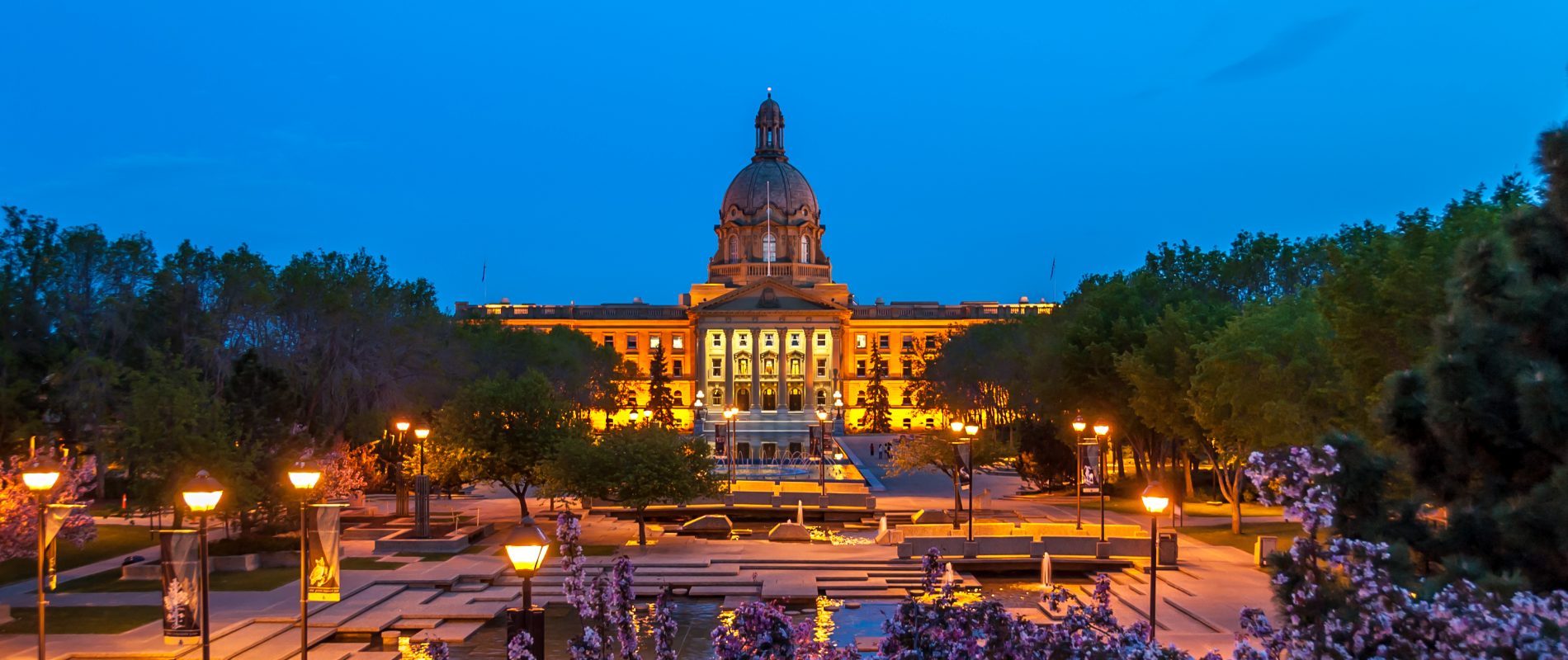
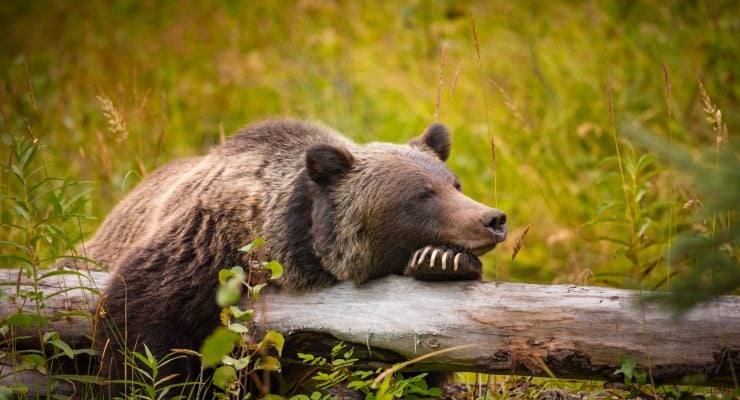
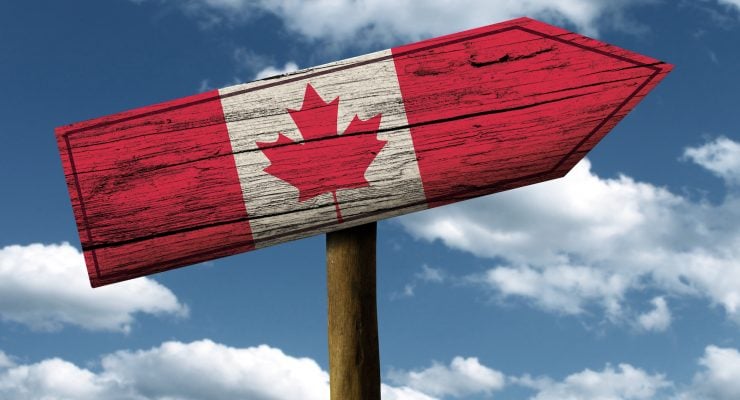
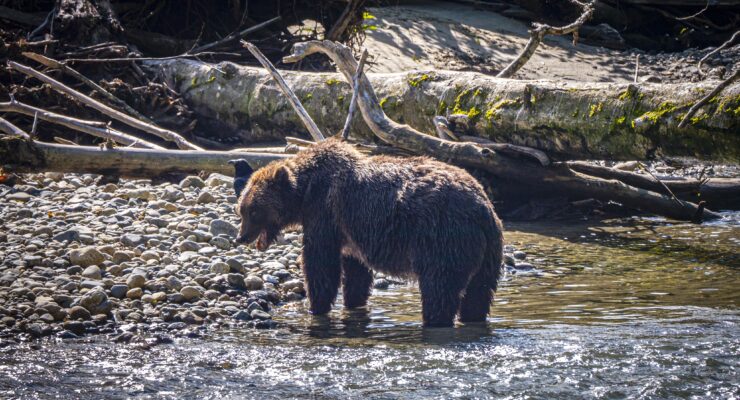
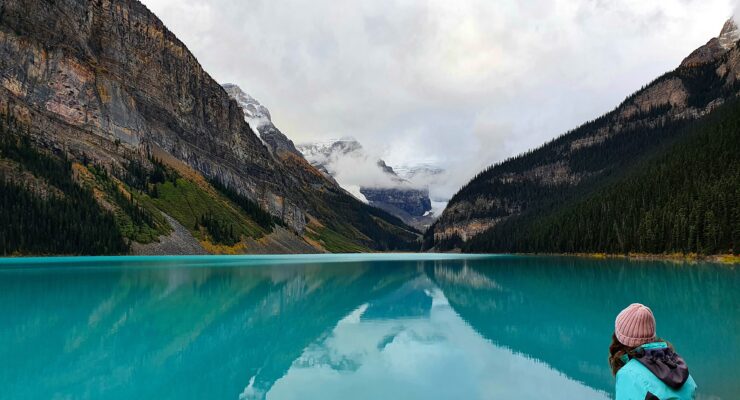
0 comments
{{like.username}}
Loading...
Load more